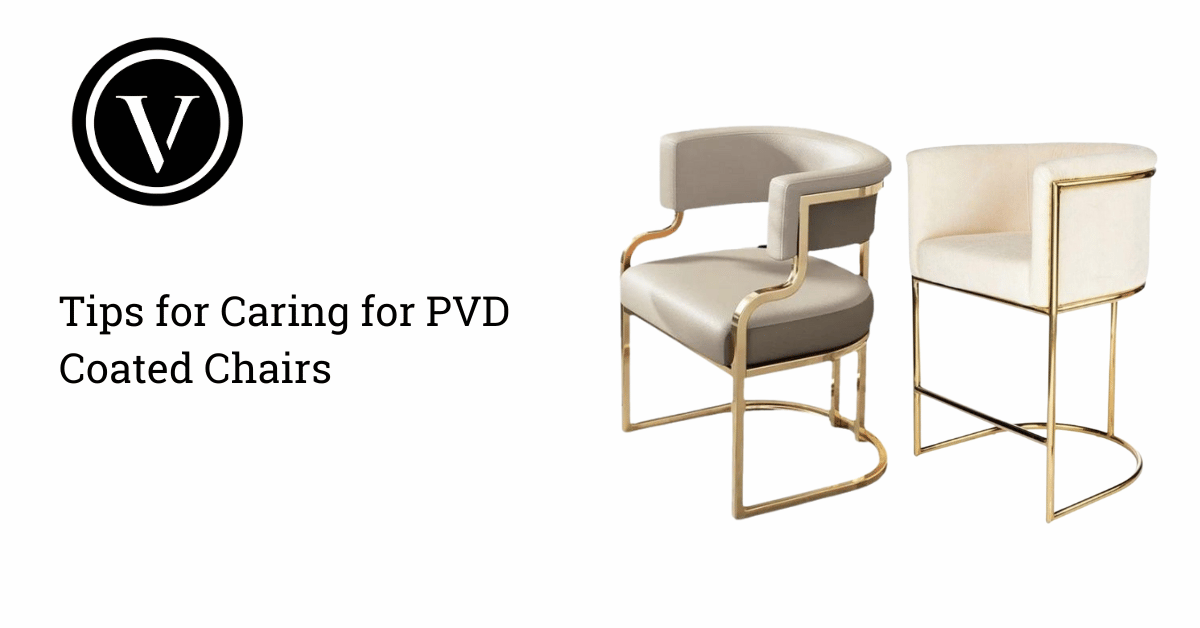
Tips for Caring for PVD Coated Chairs
The process of PVD coating, also called “thin-film” coating, involves charging the hardware with a negative charge before vaporizing a solid material (the coating) in a vacuum. The coating is then forced to deposit atoms onto the hardware’s surface using a positive charge. An incredibly thin, precise, and robust coating is achieved by depositing the material atom by atom, rather than just layering metal. Compared to more conventional coating techniques, it also produces a considerably more consistent look and finish.
7 Tips for Caring for PVD Coated Chairs
- Dust or wipe with a gentle, dry cloth on a regular basis.
- It is important to rub or wipe along the lines of the brush or polish rather than across them.
- For optimal care, wash the product once a month in mild soapy water and dry it promptly with a clean, gentle towel. This is particularly important if you live near the ocean.
- Just like before, cleaning the product will eliminate fingerprints.
- When wiping the surface of the product, do not use rags or cloths that are oily.
- Powerful household cleaning chemicals that you should avoid using like bleach, abrasive cleaners, caustic or acid-based cleaning agents, detergents containing chloride, and any others.
- Never rub the product’s surface with abrasive tools, files, or anything else that could cause damage.
Conclusion
The qualities and longevity of PVD coated chairs must be preserved through maintenance. Your PVD-coated chairs will stay in excellent condition for many years if you follow a few easy maintenance guidelines and deal with a trustworthy source.
Chairs with a PVD coating have many benefits that should be considered before making a purchase, such as increased resistance to corrosion, longer lifespan, and a wide range of aesthetic options. Reliable performance and aesthetic appeal may be yours with PVD-coated Chairs and the right care and maintenance.
